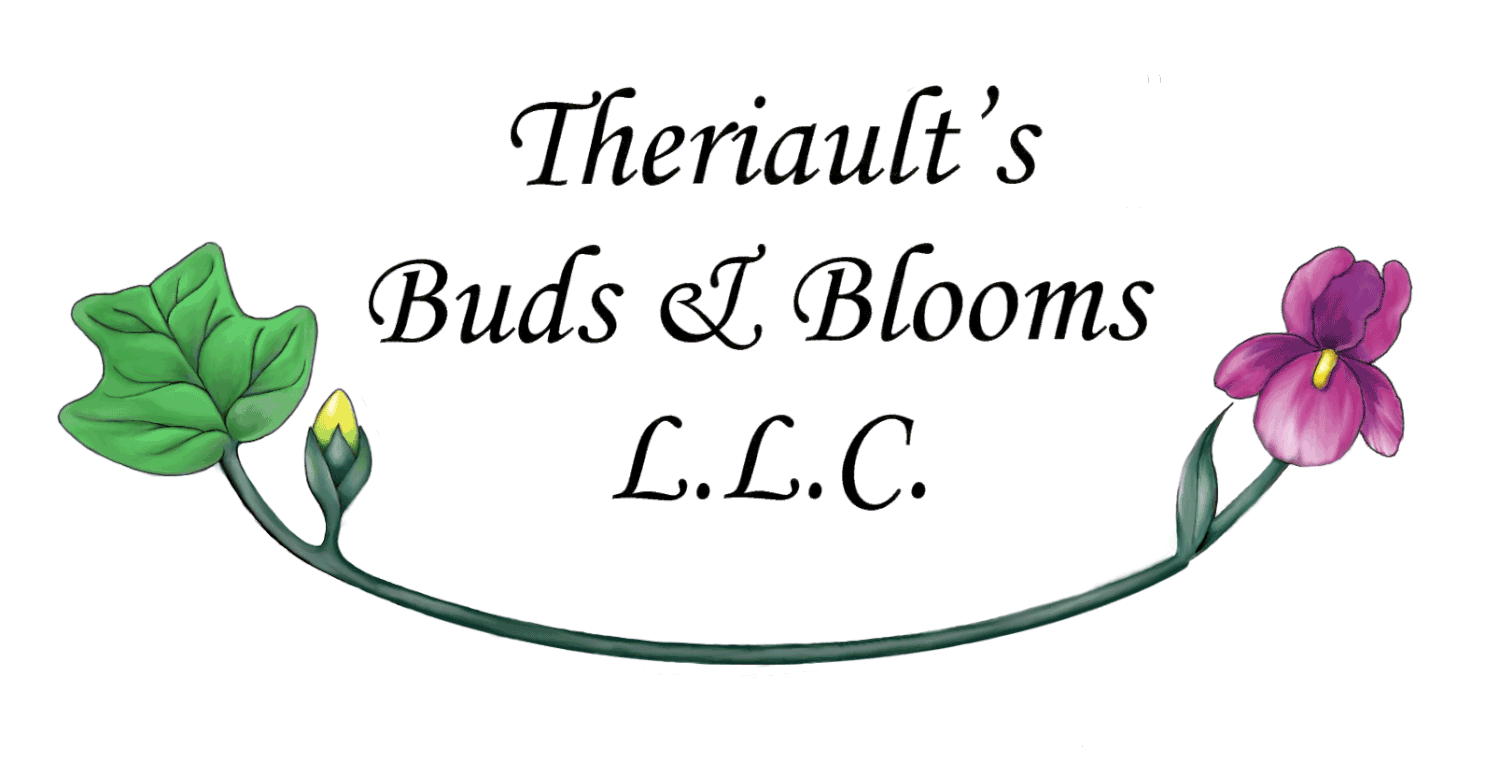
About Iris. Please visit the Shop page to see varieties planned for this season; the Contact page to inquire about availability of specific varieties.
Hands down, Iris is and has always been my favorite genus of plants. Pots of Iris on the property currently outnumber all other plants roughly 3 to 1. Plant and floral structure can be very intricate, approaching that of orchids. In spite of the leaf fan at the end of a rhizome dying after it blooms, daughter rhizomes step in and carry forward, which can account for their typically rapid and seemingly effortless establishment in an area. Iris occur in virtually every color of the rainbow (TBs have a hard time achieving true red, but come ever closer), a few have variegated leaves, and some varieties carry red or purple pigments in the bases of the leaf fans.
Undemanding and easy to grow, they require very little supplemental nutrition. In fact, excess nitrogen can actually lead to rot of the rhizomes. Six hours or more of direct sun per day will give the best and most plentiful bloom. With the bearded classes, once soil has settled after planting, the tops of the rhizomes should be just visible above the groundline, except in the hottest of climates, where some light soil over the rhizome or some shade in the afternoon can lessen scorching. Bearded Iris also need good drainage. Too much moisture can foster rot, which can rapidly lead to a plant’s premature demise. Leaf spot can be annoying in the spring if the weather is particularly wet. Though unsightly, it’s not usually a major detriment and it typically stops once conditions dry out. There are some fungicides available that can help curb the spread if you find the weather to be uncooperative. If you elect to treat, be sure to read any and all labeling to be sure that it’s safe for Iris, and that you follow all directions. Beyond that, removal of spent blooms and stems and yellowing/browned leaves is pretty much all the gardener needs to do in the way of maintenance.
About every third or fourth year, a clump of Iris can get to looking like a donut, with all the growth occurring in a ring surrounding an open area in the middle. The bloom size and count often start to decline as the clump begins competing with itself for life’s basic necessities. This is the time to lift the clump, divide it, and replant…and give away or sell off the extras.
Tall Bearded (TB) Iris sport bloom stalks 27.5 inches and taller. The other bearded classes I grow include Miniature Dwarf Bearded (MDB), Standard Dwarf Bearded (SDB), Miniature Tall Bearded (MTB), Intermediate Bearded (IB), and Arilbred (AB). ABs can run the gamut on height, up to TB height. IBs run from 16 to 27.5 inches tall. MTBs also run from 16 to 27.5 inches in height, but are perhaps best described as proportionally scaled down versions of their TB cousins, being comparatively daintier looking than the Border Bearded and IB classes. The SDBs run from 8 to 16 inches tall, and MDBs are the smallest, blooming at heights up to 8 inches. Of the varieties I grow, these bloom earliest in the season, usually in late March into April here in the Pacific Northwest. There are other classes, but I don’t yet have any in sufficient quantities to offer for sale.
TBs are likely the best known of all Iris classes, with a wide range of colors, patterns, and features like ruffling, lacing, and beard extensions (horns and spoons/flounces). Some of the varieties I grow are listed on the Shop page.
The one beardless class I grow is the Siberians (SIB). The foliage resembles clumps of grass more than many other Iris classes. Flowers typically have smaller standards (upward facing petals), proportionately larger falls (downward facing petals), and usually open flatter. These bloom near the end of TB season, and are the latest ones to bloom of the classes I grow.
The list is not exhaustive…sadly, my eyes are larger than my rented plot of ground, so growing a large number of varieties translates to having limited numbers of any given variety. Those appearing here currently have enough on hand to offer for sale. Others may have one or two available, but not enough to merit listing full-time on the site until I can increase stock numbers. If there’s a variety that you’re looking for and don’t see, feel free to drop me a line…I may have one.
I am now taking orders for Iris. It’s now possible for plants to be ordered and paid for through this site.
Shipping of Iris will start in July and run through late August, or until supplies are exhausted, whichever happens first. Plants are shipped bare-root via USPS Priority Mail flat rate box, depending on order size. A medium box costs $17.10 (as of January 5, 2024) to ship (in addition to total price of plants to be shipped), and can hold an average of 6-10 TB rhizomes, depending on size. I will update the shipping costs if USPS makes any changes closer to shipping time.
Any questions or inquiries, please feel free to e-mail or call via the Contact link. Thanks!
